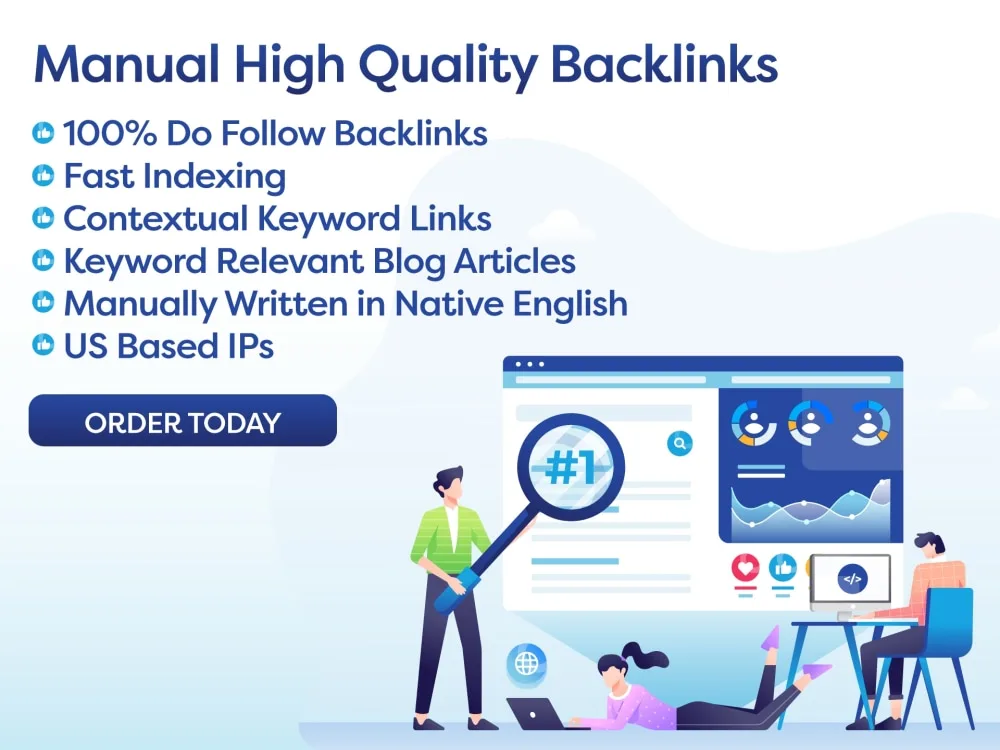Understanding backlink risk assessment is vital for SEO beginners to protect their website. Backlinks can affect your site’s ranking, with harmful backlinks leading to penalties from search engines. It’s crucial to assess the risks associated with backlinks and regularly monitor your backlink profile. Identify high-risk backlinks using tools like Ahrefs and SEMrush, looking for red flags like spammy or irrelevant websites. Evaluate the quality of backlinks by considering factors like domain authority and relevance. Take action to disavow harmful backlinks and focus on acquiring high-quality backlinks through content creation and guest posting. Monitor and update your backlink profile regularly for ongoing protection.
Excerpt:
Assessing backlink risk is crucial for SEO Beginners. Learn how to protect your website now!
Introduction:
As an SEO beginner, understanding the importance of backlink risk assessment is essential for the success of your website. Backlinks play a significant role in search engine optimization, but not all backlinks are created equal. Some backlinks can actually harm your website’s ranking, leading to penalties from search engines. In this article, we will dive into the world of backlink risk assessment, exploring why it’s important and how you can protect your website from harmful backlinks.
Key Takeaways:
- Understanding the importance of backlink risk assessment
- Identifying high-risk backlinks
- Evaluating the quality of backlinks
- Taking action to protect your website
Key Takeaway 1: Understanding the importance of backlink risk assessment
- Importance of backlinks in SEO
- Risks associated with harmful backlinks
Backlinks are an essential part of SEO, as they are one of the key factors search engines use to determine the credibility and authority of a website. However, not all backlinks are beneficial. Some backlinks come from low-quality or spammy websites, which can harm your website’s ranking. These harmful backlinks can lead to penalties from search engines, resulting in a drop in rankings and traffic.
It’s crucial for SEO beginners to understand the risks associated with harmful backlinks and the importance of regularly assessing and monitoring their backlink profile. By identifying and removing risky backlinks, you can protect your website from potential penalties and improve your overall SEO performance.
Key Takeaway 2: Identifying high-risk backlinks
- Tools for backlink analysis
- Red flags to look out for in backlinks
One of the first steps in backlink risk assessment is identifying high-risk backlinks. There are several tools available that can help you analyze your backlink profile and identify potentially harmful backlinks. Tools such as Ahrefs, SEMrush, and Moz’s Link Explorer can provide valuable insights into the quality and quantity of backlinks pointing to your website.
When analyzing your backlink profile, there are several red flags to look out for that indicate a backlink may be high-risk. These red flags include backlinks from spammy websites, irrelevant websites, and websites with low domain authority. By identifying these high-risk backlinks, you can take steps to disavow or remove them from your backlink profile and protect your website from potential penalties.
Key Takeaway 3: Evaluating the quality of backlinks
- Factors to consider when evaluating backlinks
- Strategies for acquiring high-quality backlinks
In addition to identifying high-risk backlinks, it’s important for SEO beginners to evaluate the quality of their backlinks. When assessing the quality of a backlink, consider factors such as the authority of the linking domain, the relevance of the linking page, and the anchor text used in the backlink.
To acquire high-quality backlinks, focus on creating valuable content that attracts natural backlinks from reputable websites. Additionally, consider guest posting on relevant websites, reaching out to industry influencers, and participating in online communities to build relationships and earn high-quality backlinks.
Key Takeaway 4: Taking action to protect your website
- Disavowing harmful backlinks
- Monitoring and updating your backlink profile regularly
Once you have identified high-risk backlinks and evaluated the quality of your backlinks, it’s essential to take action to protect your website. One important step is to disavow harmful backlinks using Google’s Disavow Tool. By submitting a disavow file to Google, you can ask the search engine to ignore specific backlinks when evaluating your website’s ranking.
Additionally, it’s crucial to monitor and update your backlink profile regularly to ensure that new harmful backlinks are not impacting your website’s SEO performance. By staying vigilant and proactive in managing your backlink profile, you can protect your website from potential penalties and improve your overall search engine rankings.
Action Plan:
- Conduct a backlink audit using tools like Ahrefs or SEMrush to identify high-risk backlinks.
- Disavow harmful backlinks using Google’s Disavow Tool to protect your website from penalties.
- Focus on acquiring high-quality backlinks through content creation, guest posting, and relationship building.
- Monitor and update your backlink profile regularly to ensure ongoing protection for your website.
Conclusion:
In conclusion, backlink risk assessment is a critical aspect of SEO that SEO beginners must understand and prioritize. By identifying high-risk backlinks, evaluating the quality of your backlinks, and taking action to protect your website, you can improve your SEO performance and avoid potential penalties from search engines. Stay proactive in managing your backlink profile and continue to prioritize backlink risk assessment to ensure the long-term success of your website.
FAQ:
Q: How do I know if a backlink is harmful?
A: Look for red flags such as backlinks from spammy websites, irrelevant websites, and websites with low domain authority.
Q: What tools can I use to analyze my backlink profile?
A: Tools like Ahrefs, SEMrush, and Moz’s Link Explorer can provide valuable insights into your backlink profile.

